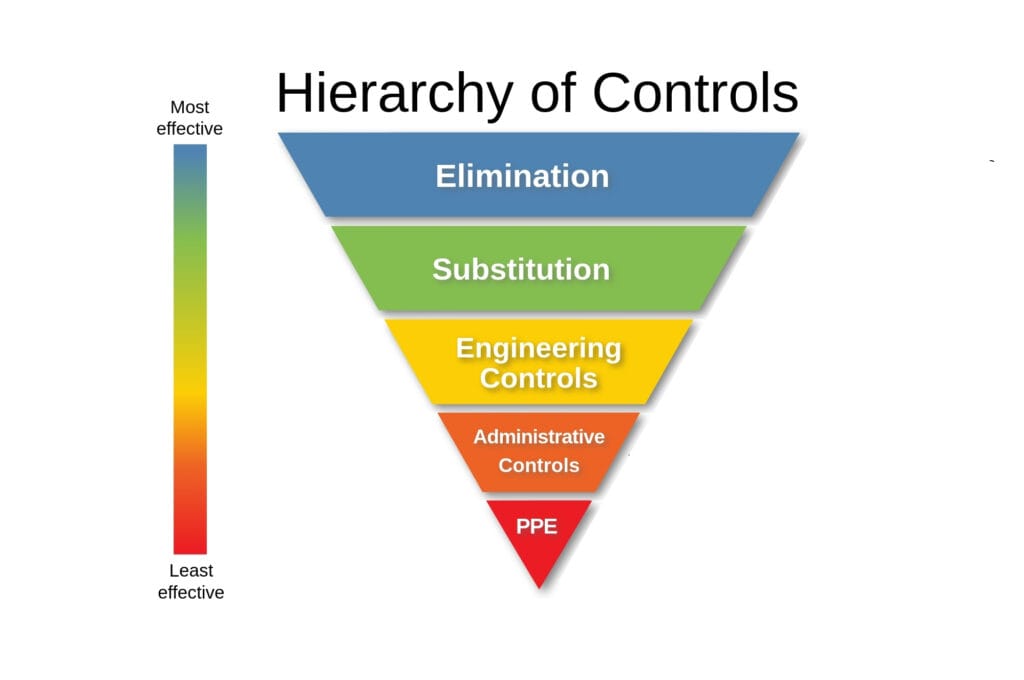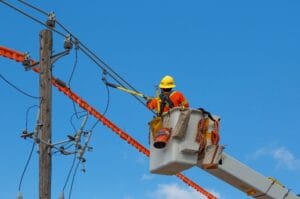


For HR and safety professionals, distinguishing between a Physical Demands Analysis (PDA) and an Ergonomics Assessment is essential for effective workforce planning, injury prevention, and return-to-work (RTW) strategies.
A Physical Demands Analysis (PDA) is a structured assessment that quantifies the physical components required to perform a job, such as posture, body positioning, and manual handling demands. While often used interchangeably with a Job Demands Analysis (JDA), a PDA strictly addresses physical requirements. In contrast, a JDA includes both physical and cognitive demands, offering a broader view of job requirements.
PDAs are typically used to document essential duties across job roles and serve as foundational tools in disability management and RTW planning. When an employee is unable to return to their pre-injury role, the PDA can assist in identifying alternate roles that align with their functional abilities. This determination is often made in conjunction with medical assessments or a Functional Capacity Evaluation (FCE), which objectively measures physical restrictions or limitations.
While a PDA can help classify a job as sedentary, light, medium, heavy, or very heavy, it does not assess risk. However, it can act as a screening tool to flag positions that may require further evaluation through an ergonomics assessment.
An Ergonomics Assessment evaluates the risk factors within a workplace that may contribute to musculoskeletal injuries and provides targeted recommendations for risk mitigation. Unlike a PDA, which presents job tasks descriptively and without analysis, an ergonomics assessment uses a critical lens to identify, evaluate, and address risks associated with job performance.
Both assessments rely on similar data collection methods—measuring tapes, force gauges, scales, observation, interviews, and video documentation. However, in ergonomics assessments, this data is analyzed using specialized tools such as:
The ergonomist evaluates risk based on six key factors: awkward posture, static posture, excessive force, repetition, contact stress, and vibration. Following risk identification, recommendations are made using the hierarchy of controls:

This systematic approach ensures that the most effective solutions are prioritized, improving worker safety and reducing the potential for long-term injury claims or absenteeism.
Understanding the distinction between a Physical Demands Analysis (PDA) and an Ergonomics Assessment is key to building a safer, more supportive workplace. While a PDA—or its broader counterpart, the Job Demands Analysis (JDA)—provides a clear, objective outline of the physical and cognitive requirements of a role, it does not evaluate injury risk. An ergonomics assessment, on the other hand, goes beyond job description to critically analyze workplace conditions, identify risk factors, and recommend practical solutions to reduce the likelihood of injury.
By using both tools strategically, organizations can improve their return-to-work planning, support employee wellness, and proactively manage safety risks. When integrated into HR and health & safety programs, these assessments become valuable components of a comprehensive injury prevention and workforce sustainability strategy.
Book with us today to take the next step toward a safer, more supportive workplace.






